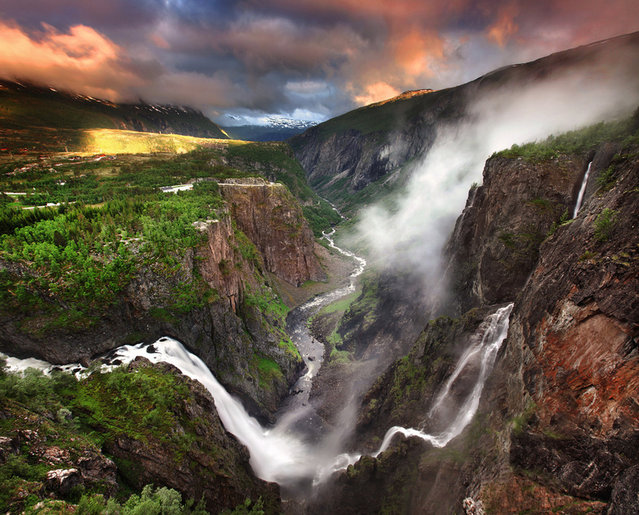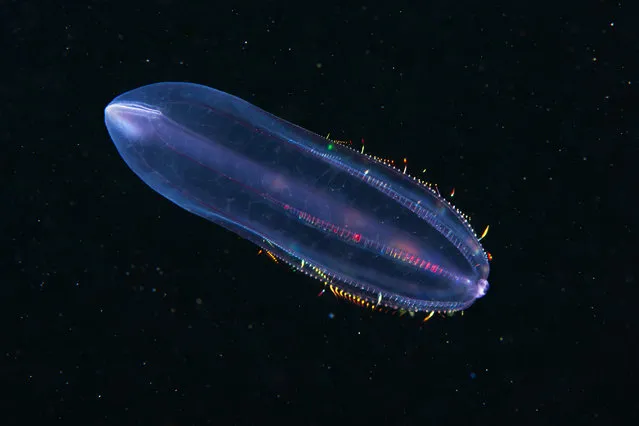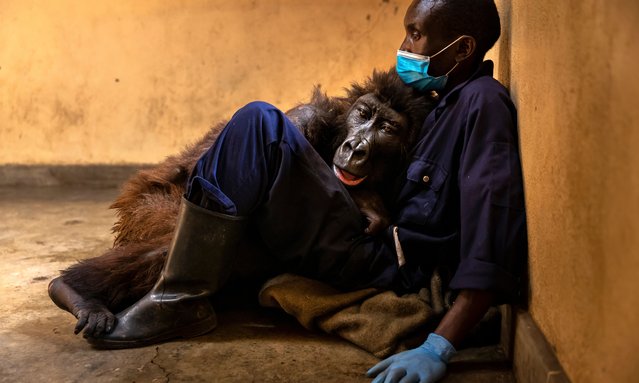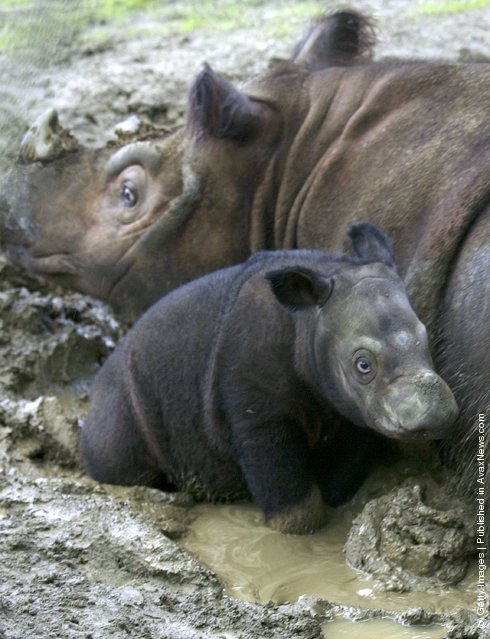
“Birmingham is a city and metropolitan borough in the West Midlands of England. It is the most populous British city outside the capital London with 1,074,300 residents (2011 census), an increase of 96,000 over the previous decade. The city lies within the West Midlands conurbation, the third most populous urban area in the United Kingdom with a population of 2,440,986 (2011 census) of which the Birmingham built-up area was 1,085,810. Its metropolitan area is the United Kingdom's second most populous with 3,683,000 residents”. – Wikipedia. (Photo by Adrian Saker)
21 Nov 2013 11:39:00,post received
0 comments







